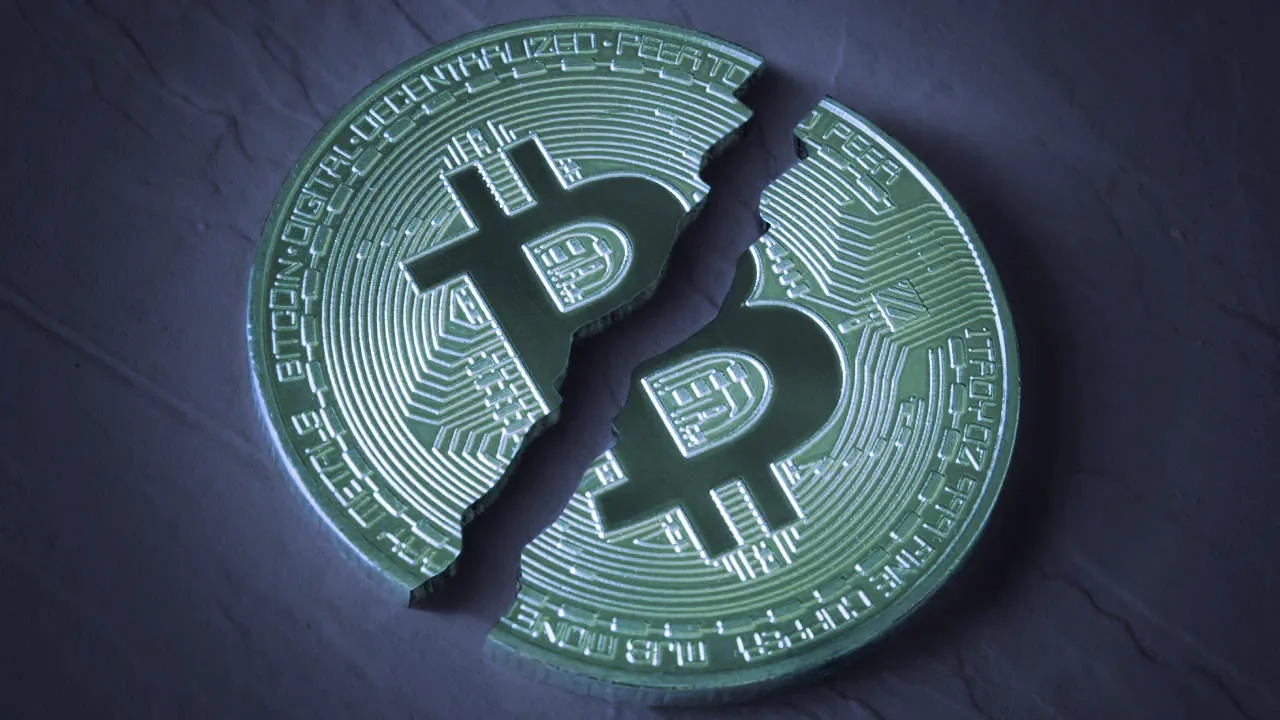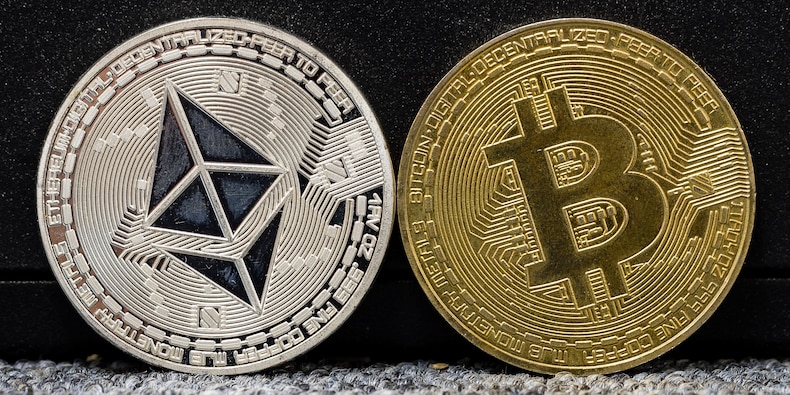The cryptocurrency industry has been expanding rapidly in recent years, and institutional investors are progressively entering the game. Additionally, crypto billionaires are increasingly emerging as the game-changing whales of this industry.
1. Changpeng Zhao “CZ”
The creator and CEO of Binance, “CZ,” is the wealthiest person in cryptocurrency and the nineteenth richest person in the world. Forbes reports that he controls at least 70 percent of Binance, the leading bitcoin trading platform worldwide. The company reportedly handled over two-thirds of all trade volume handled by centralized changes and generated over $16 billion in revenue in the prior year.
Forbes estimated CZ’s fortune to be $1.9 billion last year. The 44-year-old has some Bitcoin and an undetermined amount of Binance’s native cryptocurrency, BNB. Binance aims to make a substantial investment in the parent company that would control Forbes after the previously disclosed public listing agreement.
2. Sam Bankman-Fried
Late in 2021, the 30-year-old will shift his cryptocurrency exchange FTX from Hong Kong to the more crypto-friendly Bahamas. FTX received $400 million in January at a value of $32 billion. Among the startup’s backers are crypto VC firm Paradigm (headed by Coinbase founder Fred Ehrsam, another crypto billionaire), venture capital firm Sequoia, buyout firm Thoma Bravo, and the Ontario Teachers’ Pension Plan Board.
According to reports, investors valued FTX’s U.S. operations at $8 billion. Bankman-Fried, a self-described adherent of effective altruism — the utilitarian-tinged concept of doing the best one can — has vowed to donate his whole wealth throughout his lifetime. He holds more than 50 percent of FTX and more than $7 billion in the platform’s native coin, FTT.
3. Brian Armstrong
The CEO and creator of Coinbase took the cryptocurrency exchange public in April 2021 via an appealing $100 billion direct offering. Its current market value is around half of that, but Armstrong is still the third richest person in the Bitcoin industry with a 19 percent stake.
Armstrong, famed for his basic T-shirts and bald head, raised eyebrows in 2020 when he instructed his employees to refrain from discussing politics at work. In January, the 39-year-old spent $133 million for a house in Bel-Air, one of the most expensive real estate transactions in the city. Armstrong has recently spoken out against the proposed EU Parliament crypto bill.
4. Gary Wang
The press-averse Wang, co-founder and chief technical officer of FTX and Bankman-Fried launched the cryptocurrency exchange in 2019. Wang controls 16 percent of FTX’s global corporation and over $600 million in FTT, the native token of FTX. Wang was a software developer at Google before transitioning into crypto and helping to build the online booking website Google Flights. He studied mathematics and computer science at MIT.
5. Chris Larsen
Larsen, the co-founder and executive chairman of blockchain company Ripple, whose XRP token is currently the eighth largest cryptocurrency, has been busy fighting a Securities and Exchange Commission lawsuit, which was initially filed in December 2020, alleging that Ripple’s initial coin offering was an unlawful offer and sale of unregistered securities.
Many observers see the case, which is still pending in federal courts, as a turning point for future token sales. Both Larsen and Ripple deny wrongdoing. Larsen, 61, has worked with environmental groups to launch the “Change the Code, Not the Climate” campaign to push the Bitcoin community to reduce the digital asset’s huge carbon footprint.














































